Original author: 1912212.eth, Foresight News
Reprinted from: Oliver, Mars Finance
Tron founder Sun Yuchen completed Blue Origin's NS-34 suborbital space flight, which launched from the U.S. on August 3, 2025, lasting about 10 minutes. He won the seat with a bid of $28 million and finally realized his dream years later.
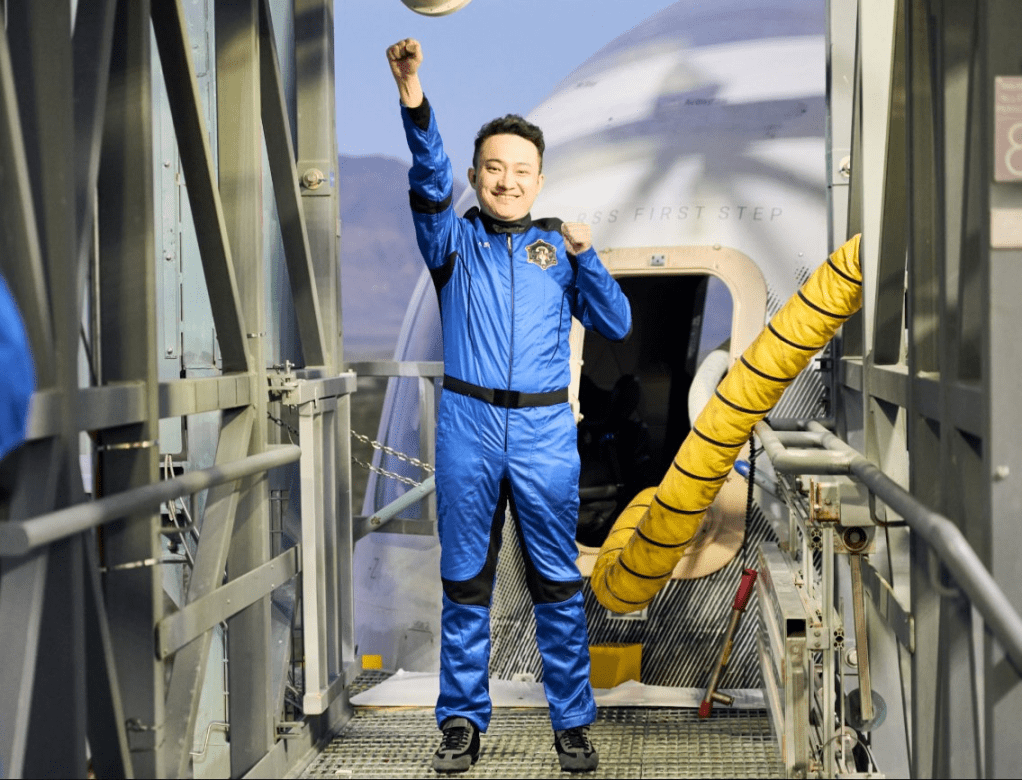
With the rise of commercial space companies, ordinary people (non-professional astronauts) can also achieve their space dreams, with costs starting from as low as $200,000, equivalent to the value of 2 BTC.
Next, we will introduce the space travel channels available for ordinary people in 2025, mainly including Blue Origin, Virgin Galactic, and SpaceX.
These platforms offer suborbital (briefly entering the edge of space) and orbital (around Earth or to the space station) flights. The choice depends on budget, health, and time. Costs typically exceed millions of dollars, with waiting times ranging from months to years, and health checks required. Training durations can vary from a few days to a year.
Blue Origin: starting at $200,000
Blue Origin, founded by Amazon's Jeff Bezos, offers New Shepard suborbital flights. The rocket takes off and lands vertically, allowing passengers to experience about 10-11 minutes of weightlessness, reaching altitudes of up to 100 kilometers (the edge of space). It is suitable for first-time space experiences and has completed several crewed flights, including NS-34 with Sun Yuchen.
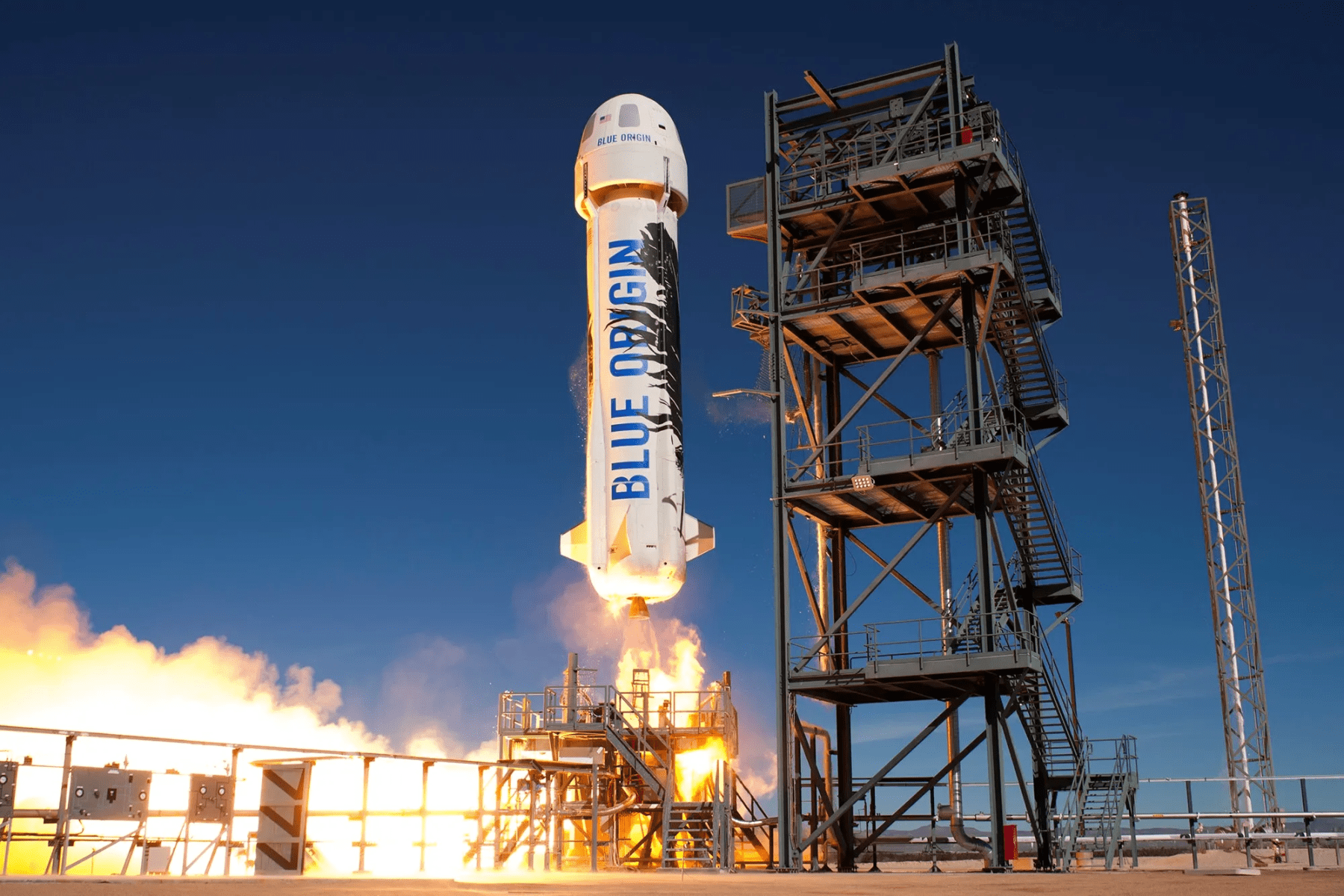
Seats are available through auction or direct purchase, averaging $200,000-$450,000. Sun Yuchen's $28 million was a high auction price years ago, but now it's more affordable. After booking, users wait 6-12 months, depending on flight arrangements. The flight itself lasts only 10 minutes, with a total duration of 1 hour. Flight frequencies will increase in 2025, with several flights per month.
Regarding physical requirements, participants must be over 18 years old, with no severe heart disease, epilepsy, or pregnancy. They must pass a FAA medical examination, weigh between 50-100 kg, and be 1.5-2 meters tall. No extreme health issues are allowed. Training lasts 2-3 days and includes safety lectures, simulated flights, and weightlessness adaptation. No professional skills are required, with a focus on mental preparation.
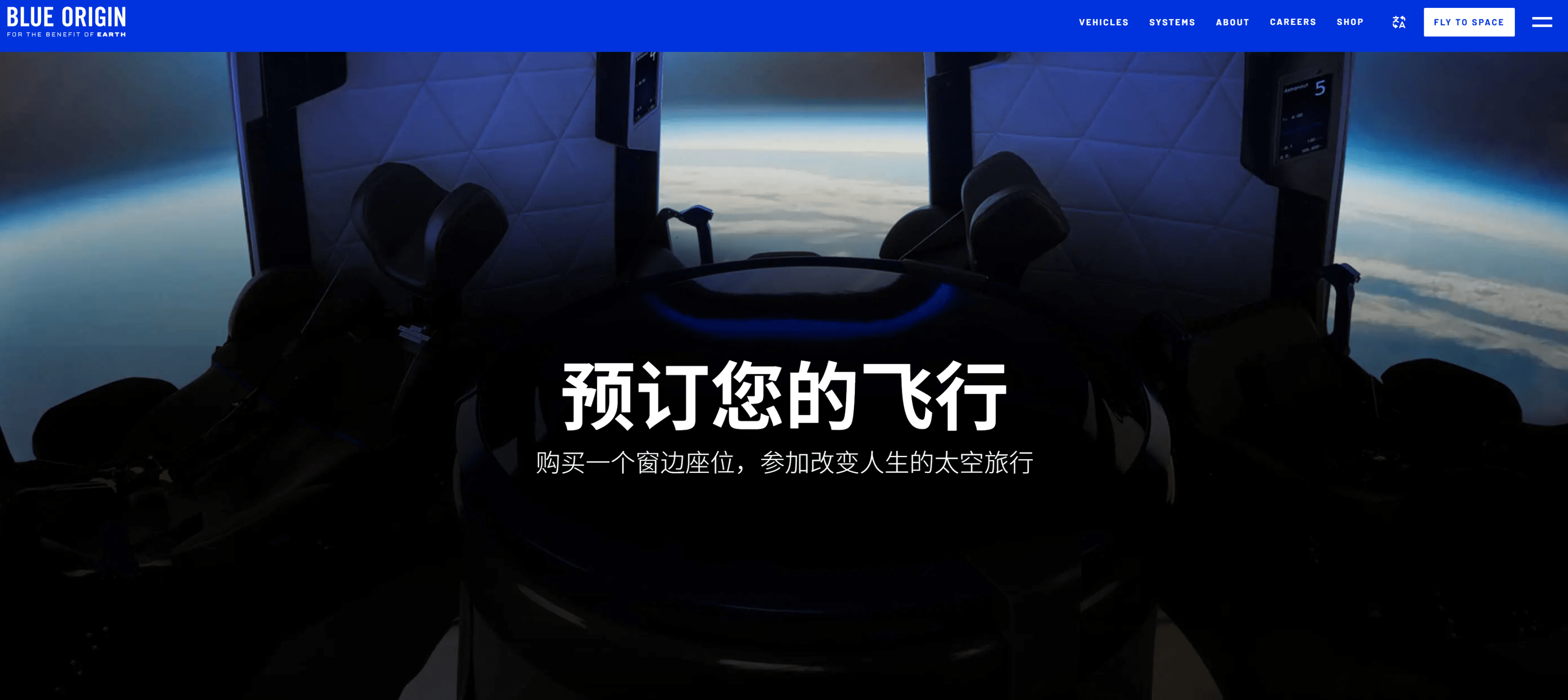
Users can click on the official website and fill in their identity information. After submitting the form, a refundable deposit of $150,000 is required to officially start the booking process; however, payment does not guarantee a seat. Blue Origin's New Shepard rocket launches from Launch Site One near Van Horn, Texas.
Virgin Galactic: starting at $450,000
Virgin Galactic, founded by Richard Branson, uses the SpaceShipTwo rocket plane to offer suborbital flights. Passengers ascend after being released from the aircraft, experiencing 4-6 minutes of weightlessness at an altitude of about 90 kilometers, with multiple commercial flights completed to date.
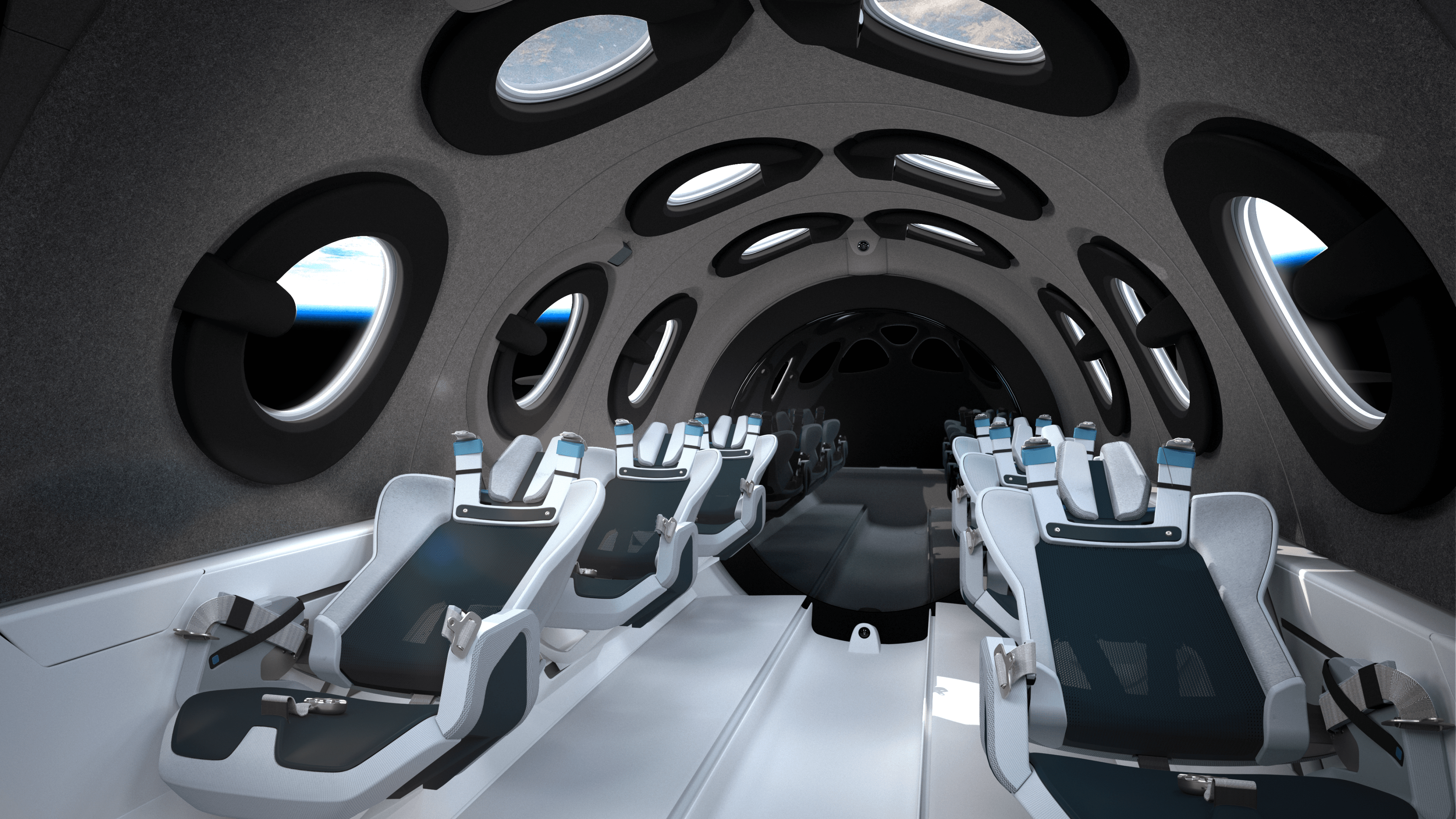
The ticket price is about $450,000 (which may drop to $300,000-$400,000 in 2025). A deposit (about 20%) is required, with the remainder paid before training. After booking, there is a wait of 1-2 years (the queue is long), and the flight lasts 90 minutes.
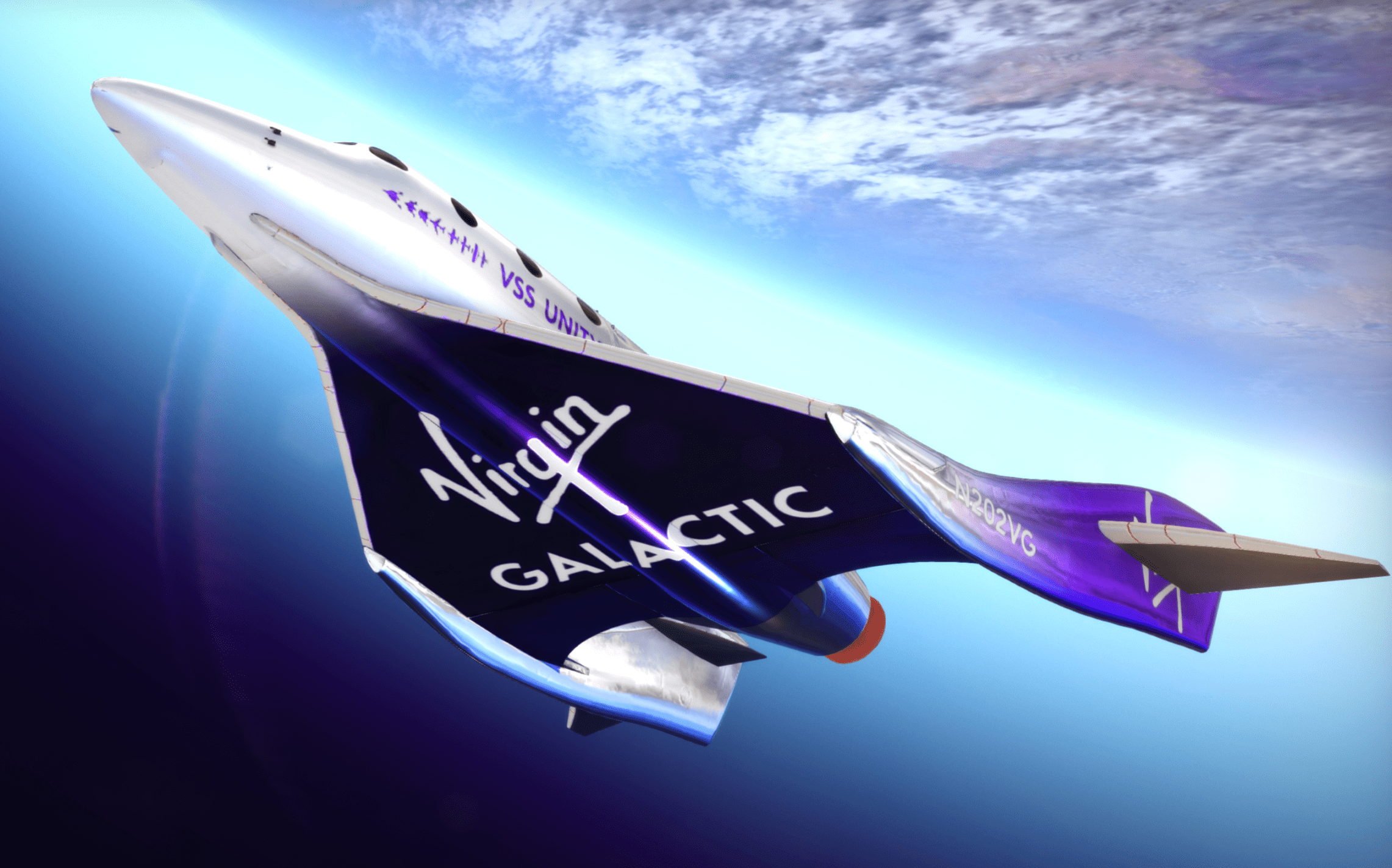
Aged 18-75, passing medical assessments, with no hypertension, spine issues, or acrophobia. Weight limit is 110 kg, capable of enduring 4-6G overload. Training lasts 3-5 days, including ground simulation, G-force tolerance tests, and emergency procedures. Focus is on adapting to high acceleration, with no need for spacesuit training.
Users need to visit the homepage of the official website and click the button in the upper right corner to submit their personal information. The launch base is Spaceport America in New Mexico, USA. Passengers arrive at the spaceport several days in advance, stay in custom accommodations, and then participate in multi-day flight preparation training and health assessments. Finally, on the flight day, they experience air launch with 'mothership + SpaceShipTwo' and several minutes of microgravity floating while enjoying the curve of the Earth from the window.
SpaceX: $50 million
Led by Elon Musk, SpaceX offers orbital flights, such as Crew Dragon to low Earth orbit (LEO). Private charters (like Chun Wang's Fram2) are available, or one can join charity flights like Inspiration4. In the future, Starship will support longer flights, but in 2025, Crew Dragon remains the primary option.
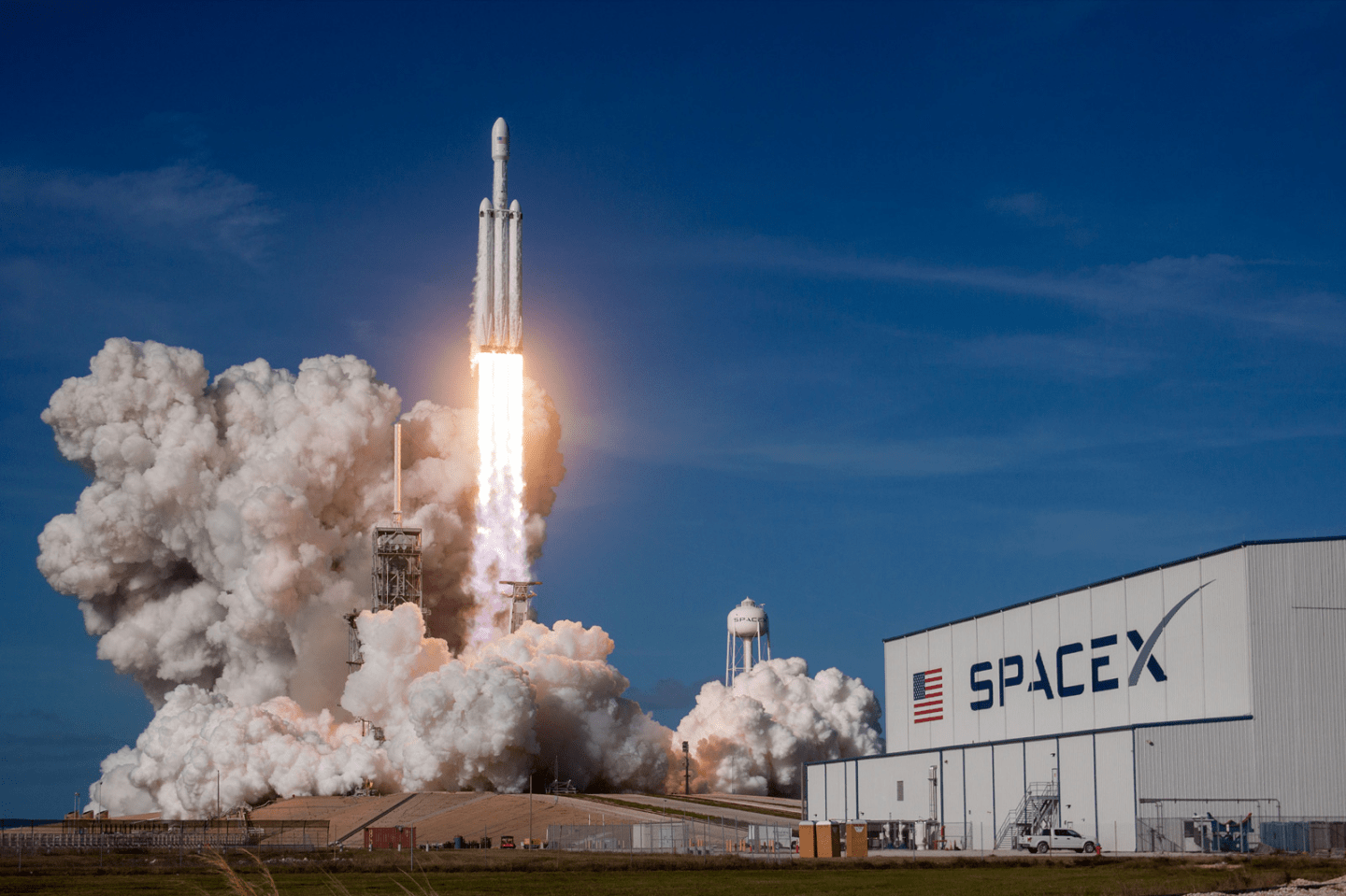
Individual seats cost over $50 million (Chun Wang's charter may exceed $100 million). Prices stabilize in 2025, but bulk flights can drop to $20-30 million per person. Preparation takes 1-3 years after booking, with flights lasting 3-5 days (around the Earth). Launch windows are affected by weather, and multiple missions have been completed in 2025.
Users must meet strict NASA standards, be aged 18-60, and have no chronic diseases, heart problems, or low bone density. A comprehensive medical examination is required, including vision and radiation tolerance tests. Training lasts 3-6 months and includes simulator, zero-gravity flights, and survival training. Learning spacecraft operation is intense.
In April 2025, Chun Wang, co-founder of F2Pool, completed SpaceX's Fram2 mission. As a cryptocurrency billionaire, he chartered the entire Crew Dragon spacecraft for the first human flight in a polar orbit around the Earth, lasting 3 days, 14 hours, and 32 minutes, becoming the first person in space to hold Bitcoin and the first Chinese person to enter polar orbit.
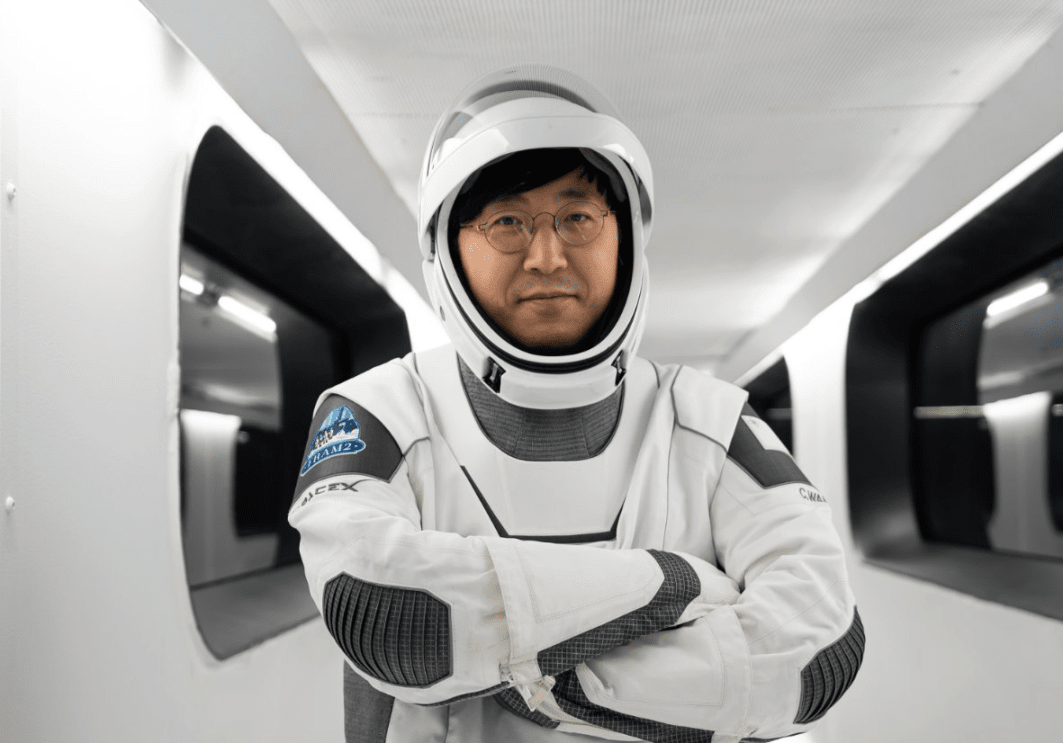
SpaceX provides a tab called 'Human Spaceflight' on its official website. The page displays the types of flights available for booking: Earth orbit, International Space Station (ISS), Moon, and Mars missions. Users can click to join the mission and submit their personal information.
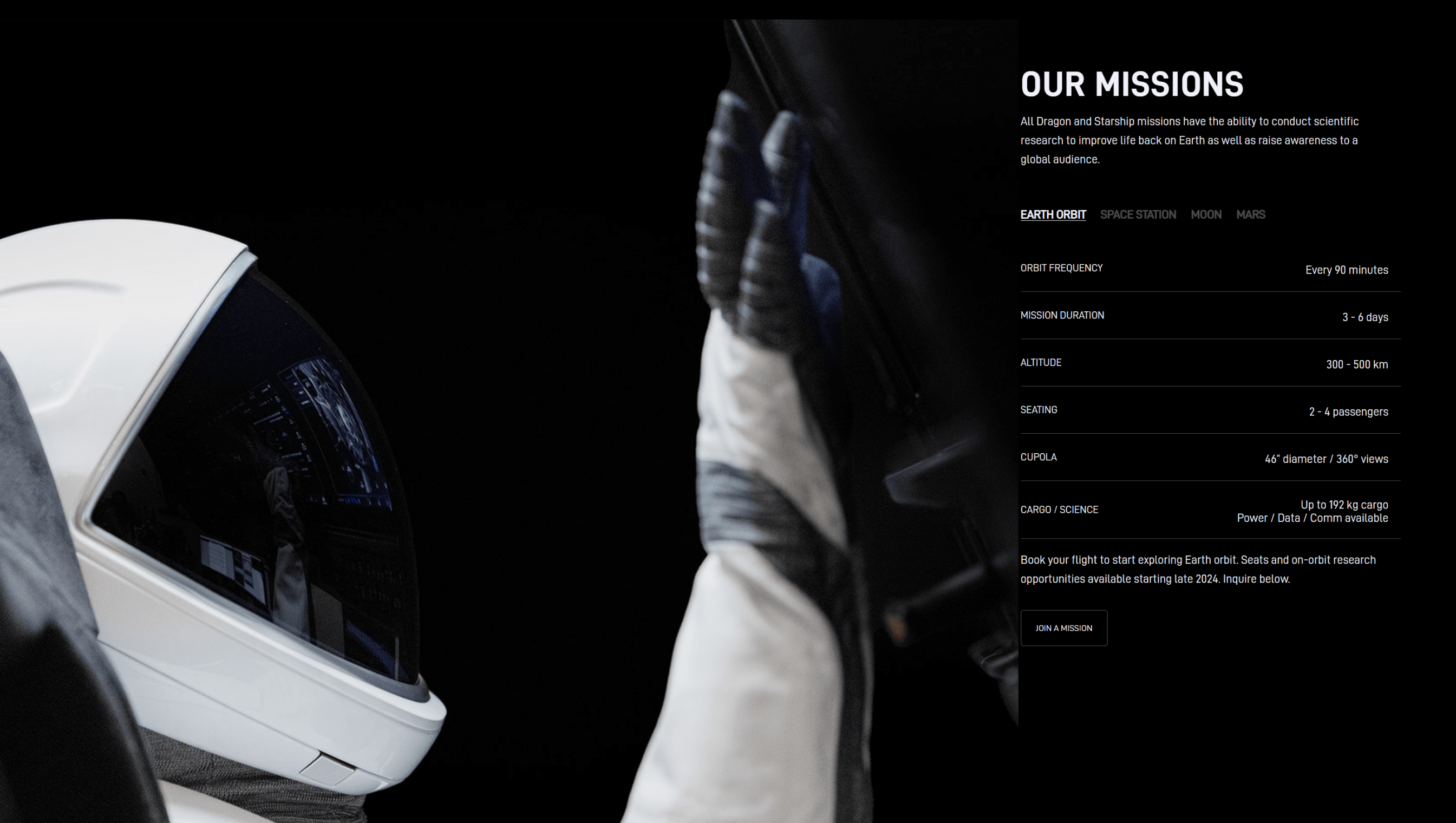
The threshold for ordinary people's space travel is lowering. Suborbital flights (like Blue Origin and Virgin Galactic) are more accessible, costing between $200,000 and $450,000 with short training; orbital flights (like SpaceX) are riskier, costing tens of millions with longer training. Overall, advance financial planning is essential, and FAA/NASA oversight is required. Health is crucial, and consulting a doctor is recommended; regarding time, the 2025 queue on platforms is shorter, but popular platforms still require patience.

